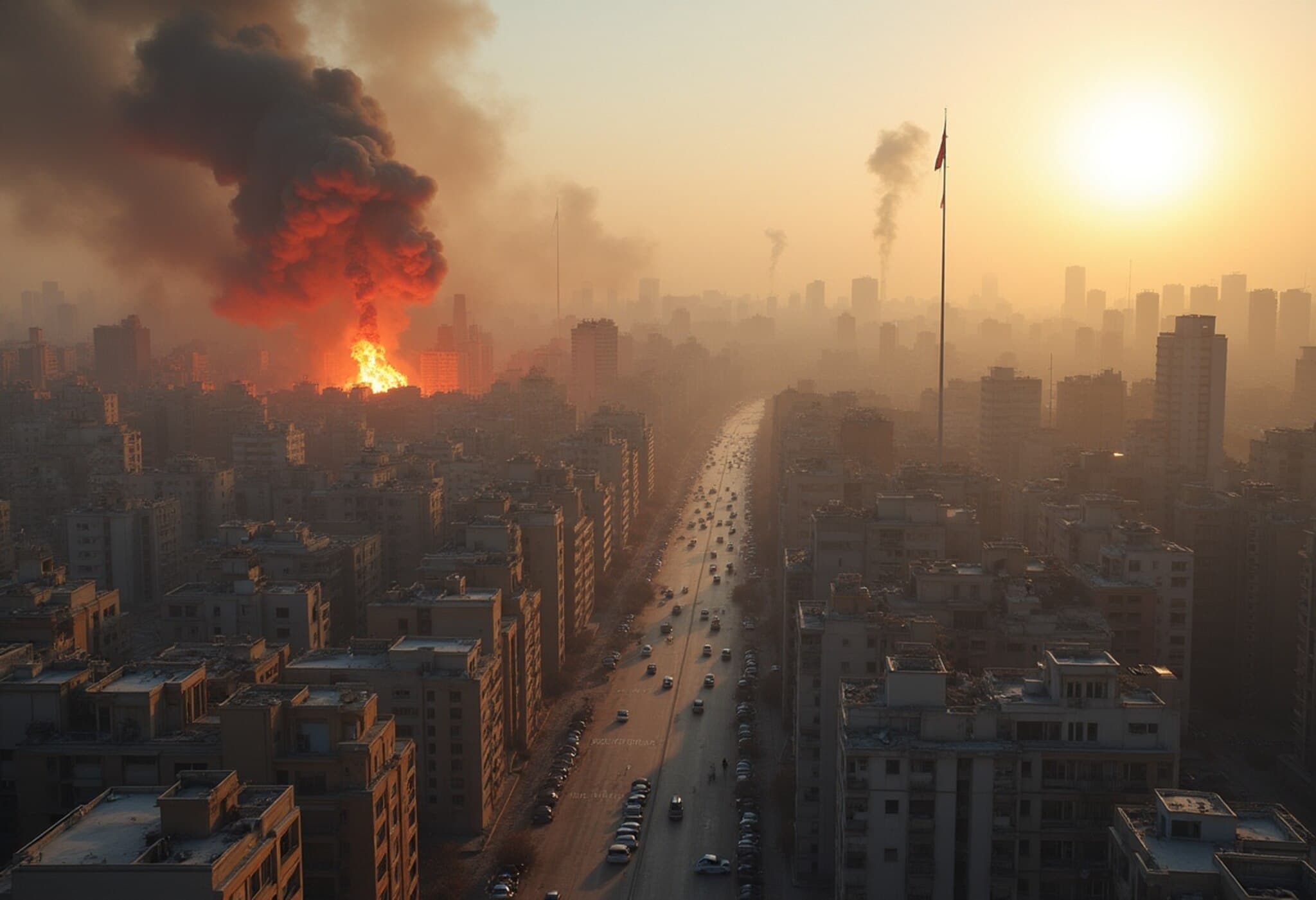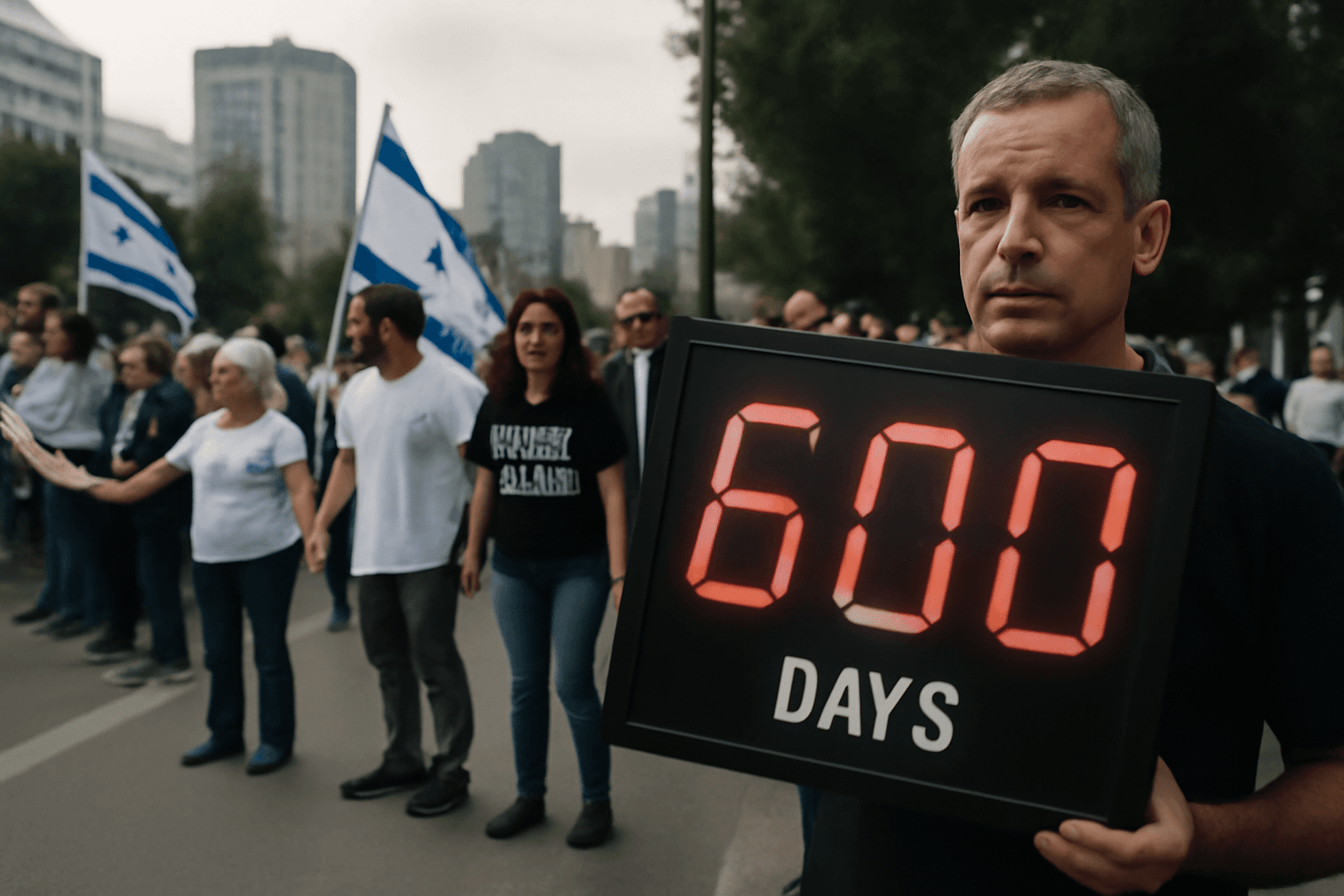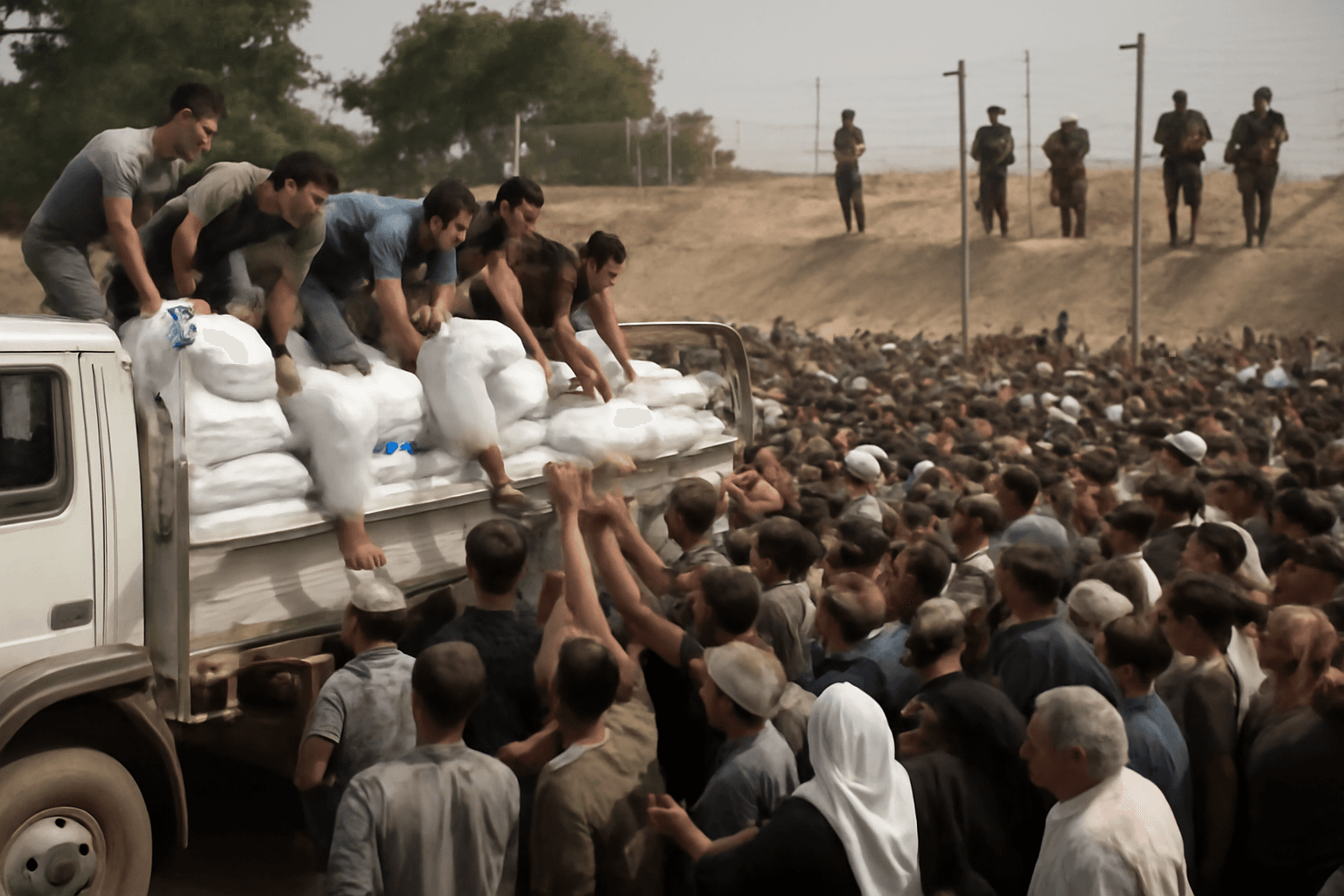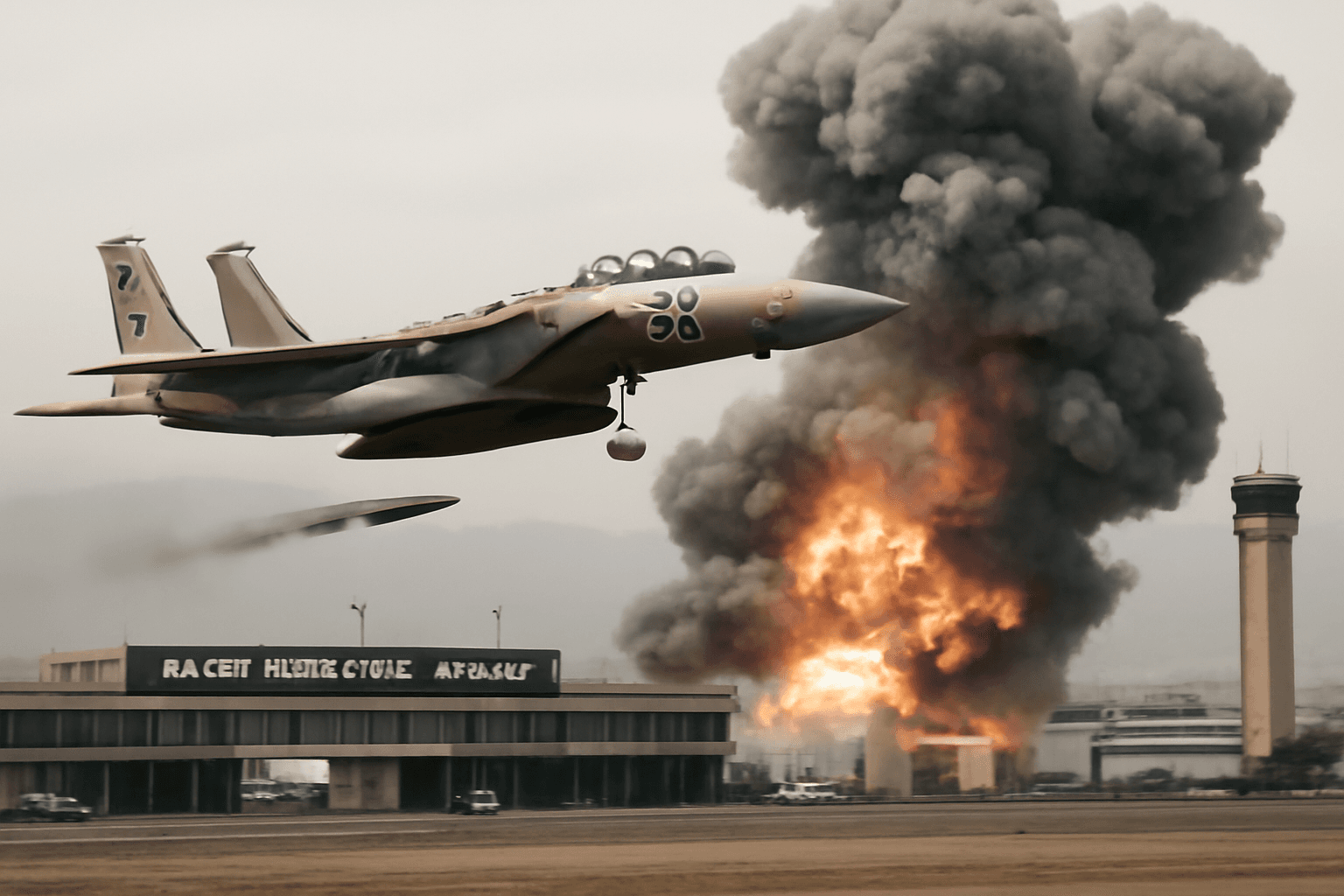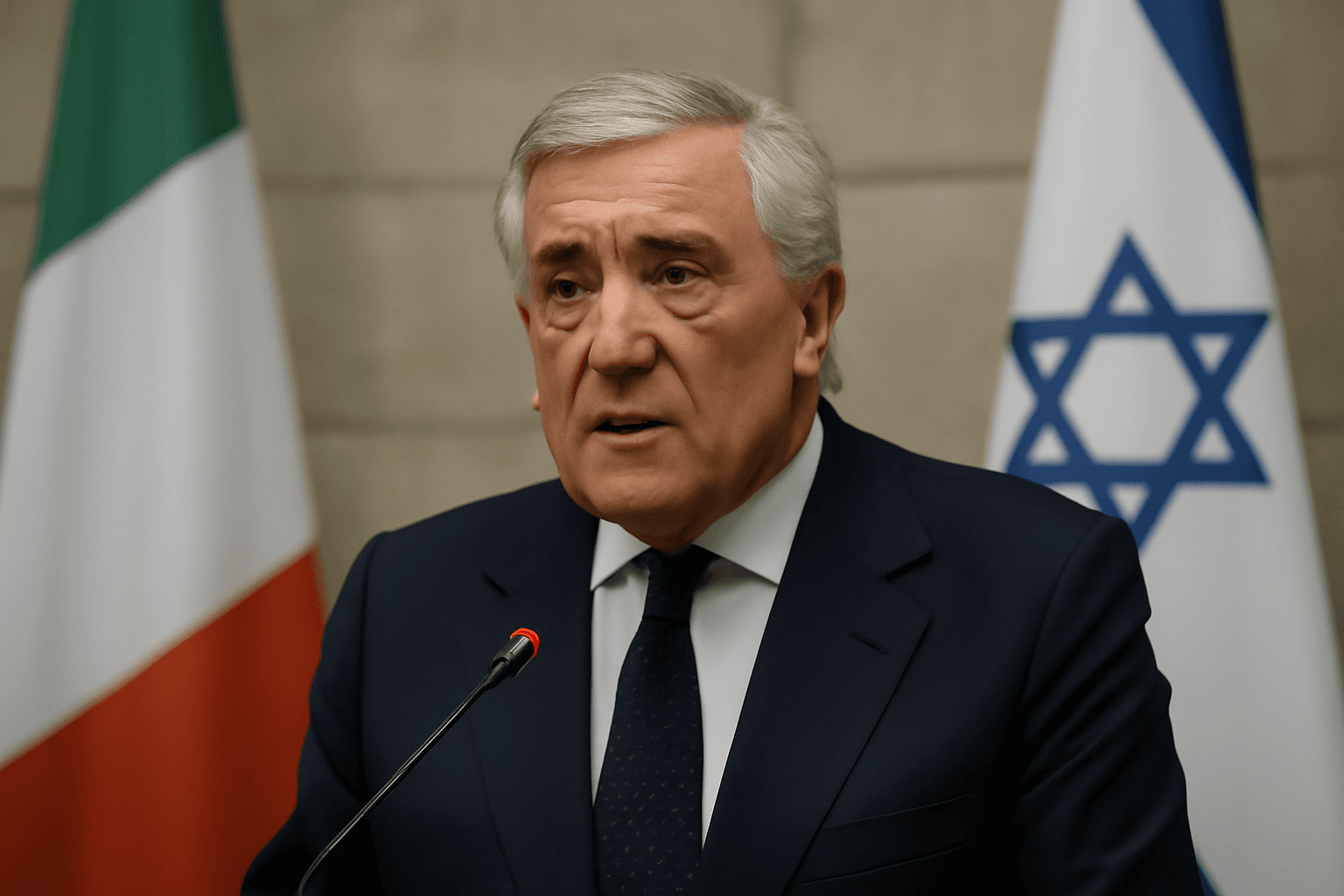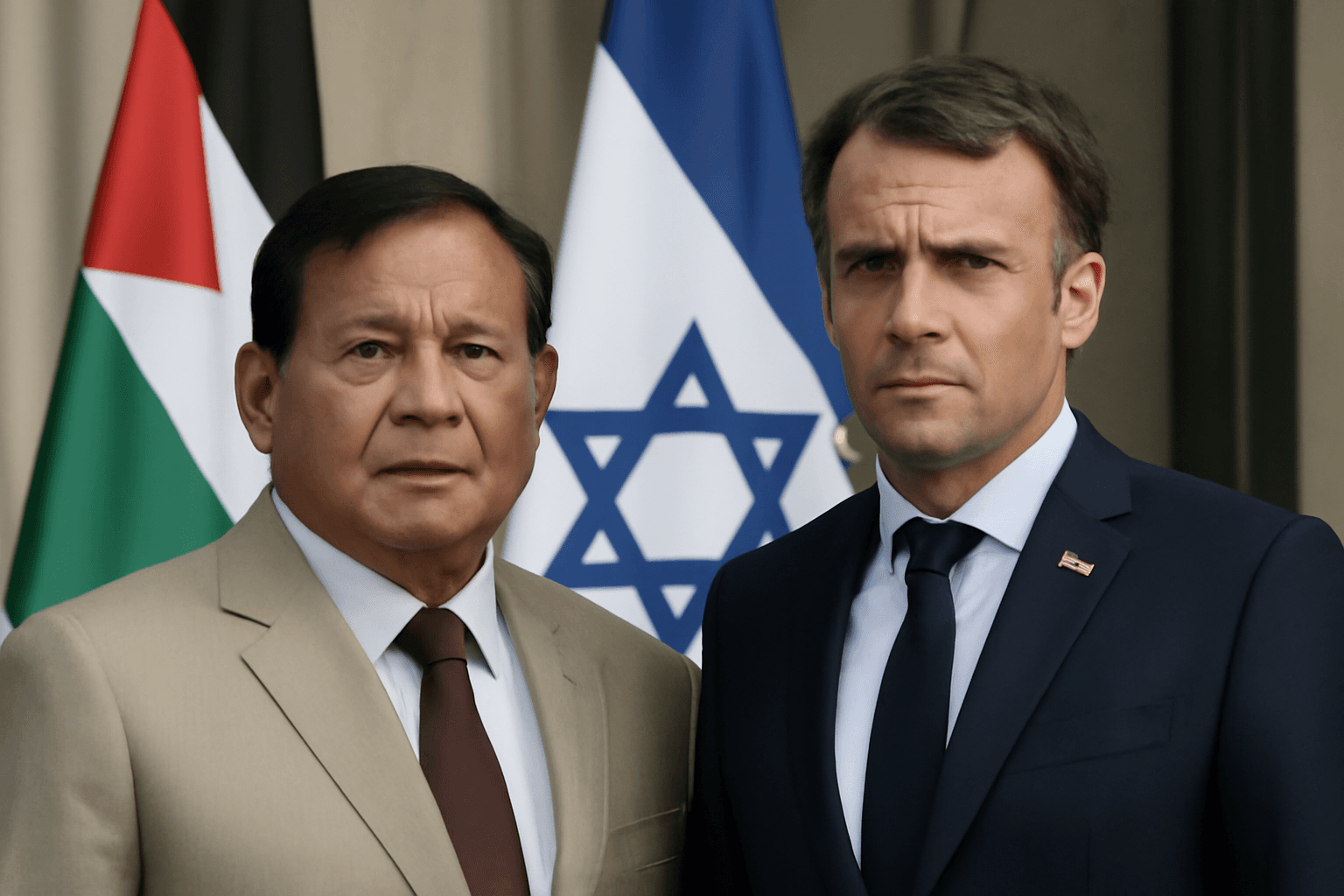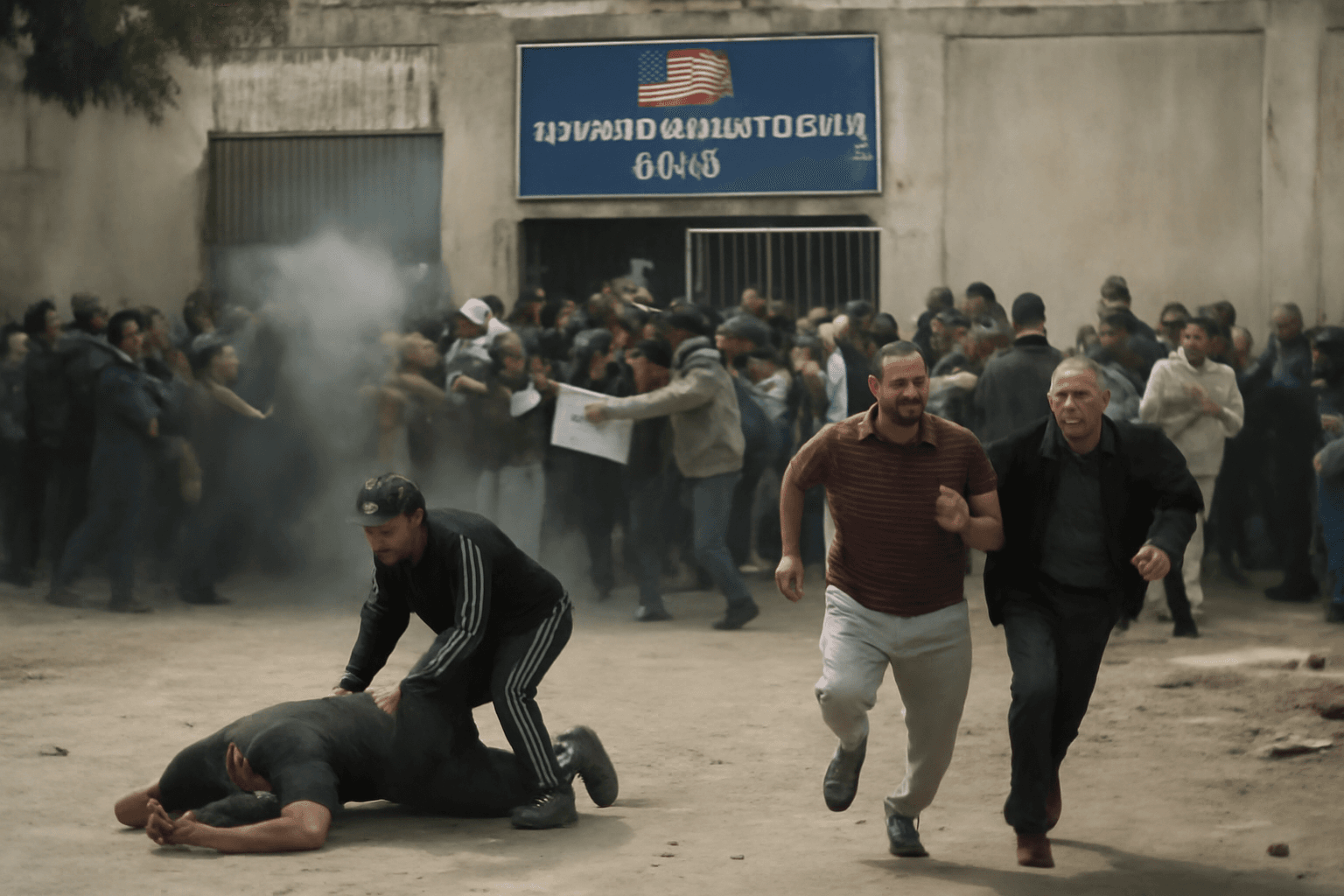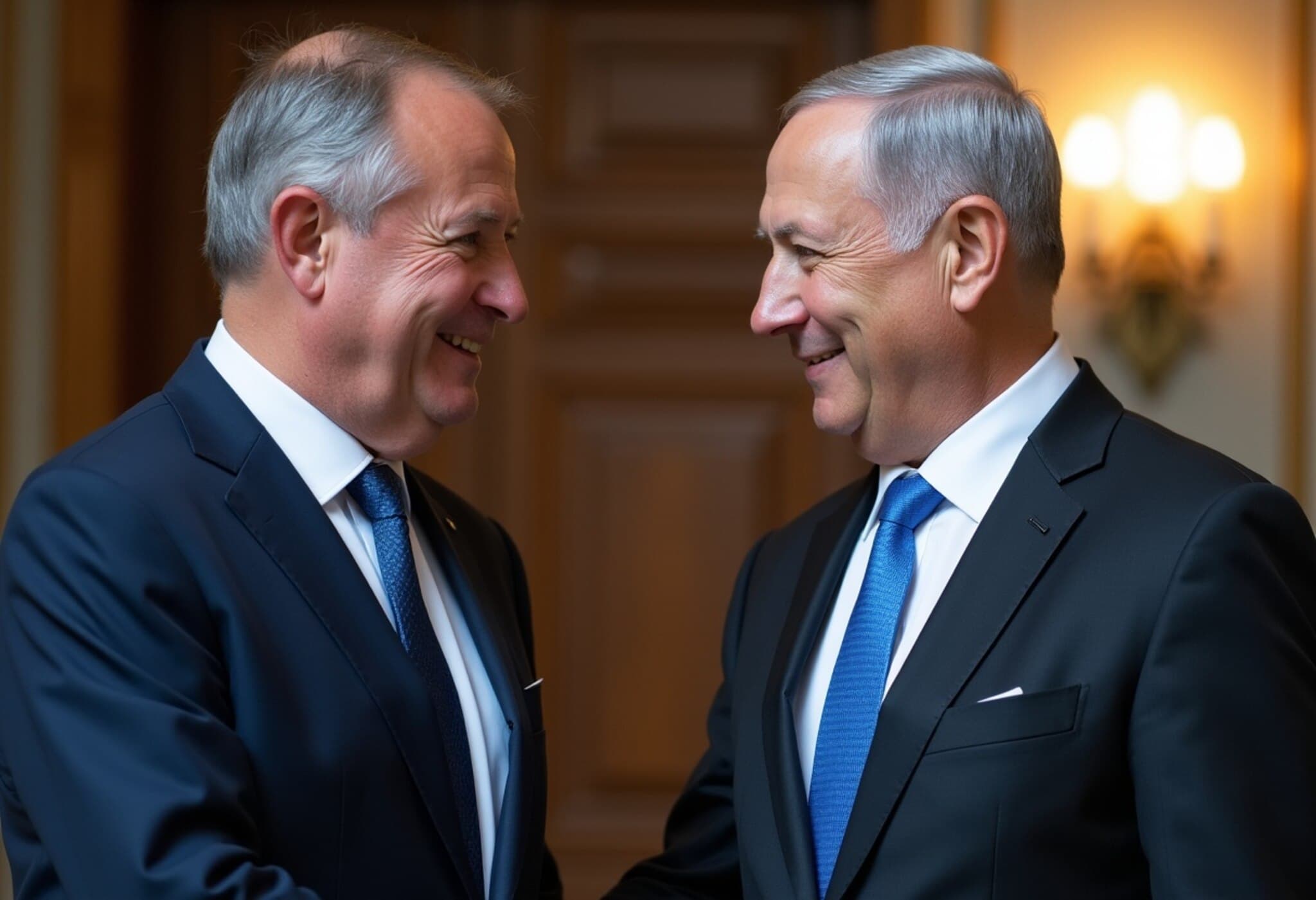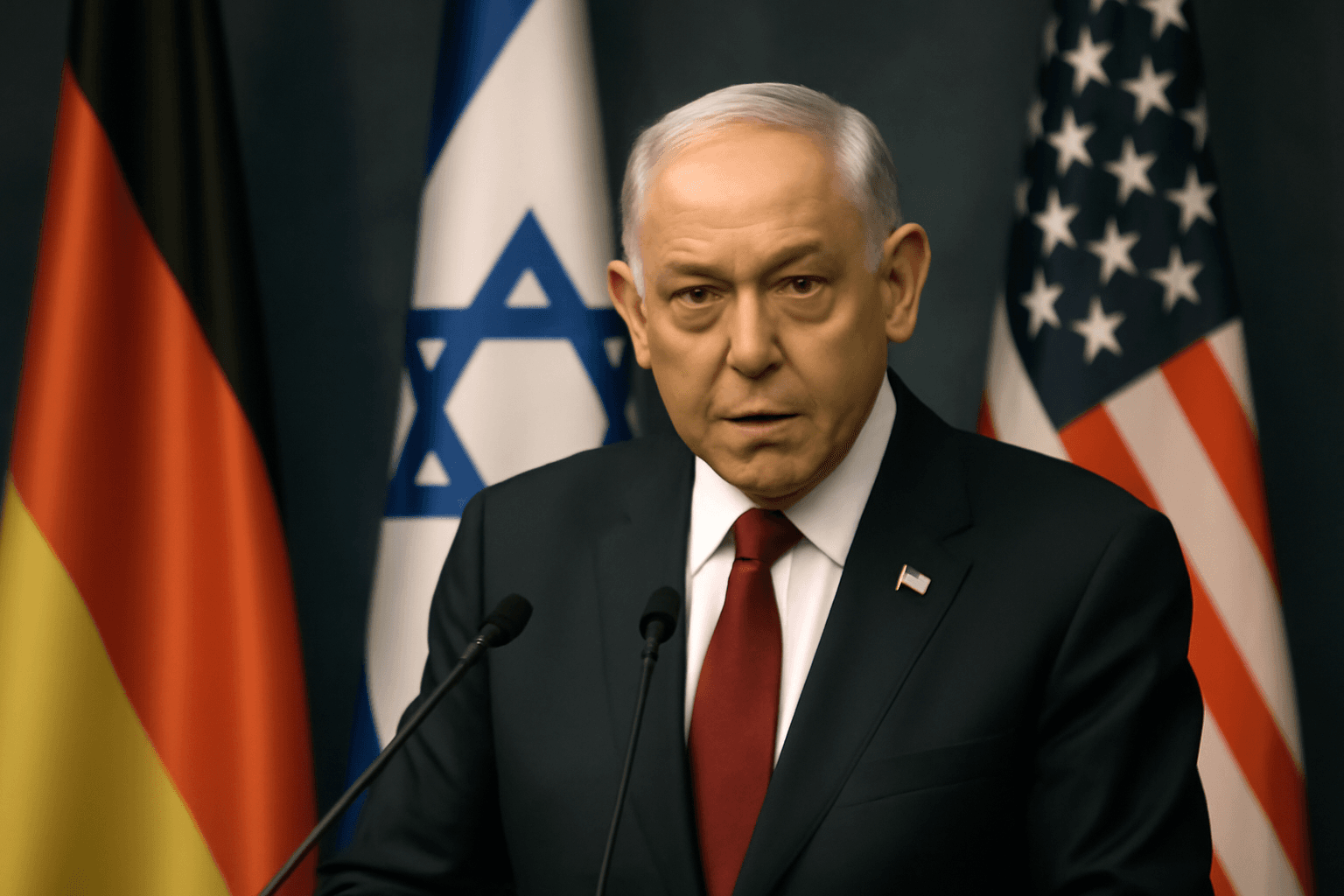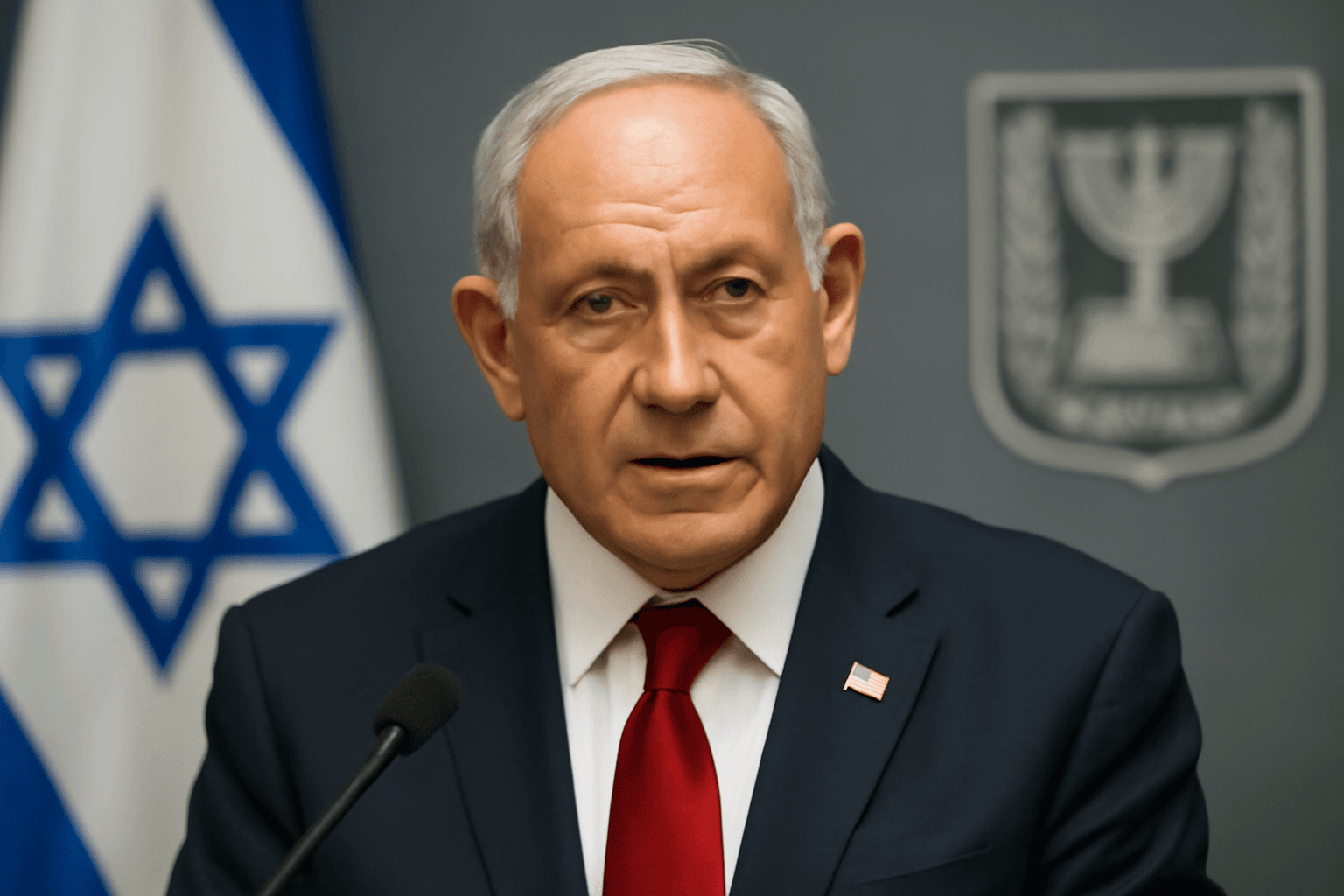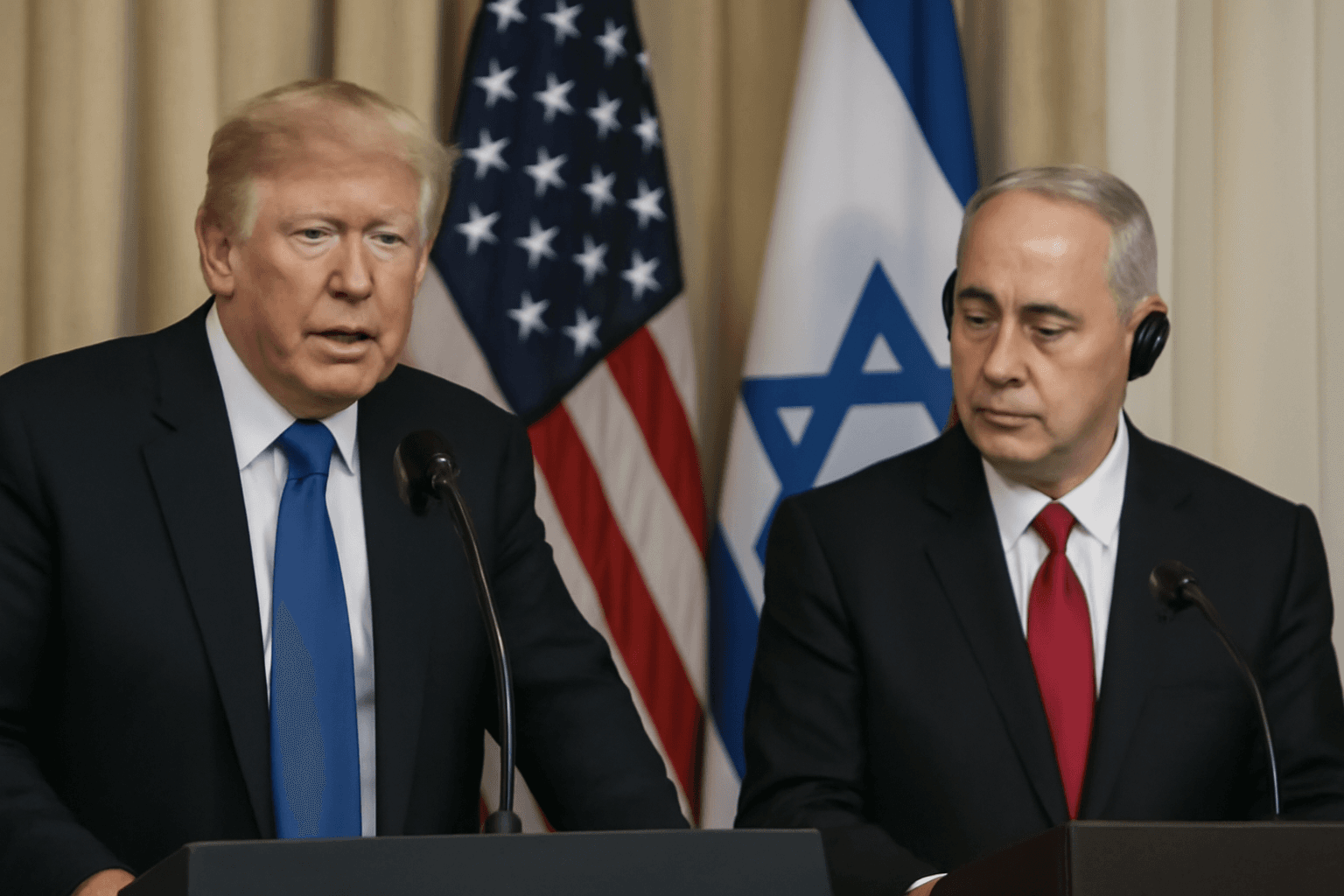Israeli Military Greenlights New Gaza Offensive Plan
Under mounting pressure from Prime Minister Benjamin Netanyahu, the Israeli Defense Forces (IDF) have formally approved a new offensive plan targeting the Gaza Strip. This decision, announced on August 13, 2025, marks a significant escalation in a conflict already spanning nearly two years, with devastating consequences for civilians caught in the crossfire.
The announcement came from the IDF, with Armed Forces Chief Lieutenant General Eyal Zamir confirming the approval of the main operational framework. While the security cabinet previously called for the seizure of Gaza City — the territory’s largest urban center — no specific timetable was provided by Netanyahu’s government for a full-scale ground invasion.
Escalating Violence and Humanitarian Toll
The intense military buildup has already intensified airstrikes across Gaza City’s densely populated neighborhoods, particularly Zeitoun and Sabra. Palestinian civil defense reports describe “very heavy air strikes” targeting civilian homes, including high-rise buildings, which underscores the tragic human cost of the campaign.
Graphic images and reports, such as those of Palestinian men transporting the bodies of children killed in these strikes to Gaza City’s Al-Shifa hospital, have stirred global outrage once again. According to data from Gaza’s Hamas-run Health Ministry — considered reliable by the United Nations — the official death toll has surpassed 61,599 Palestinians. These figures reflect several months of relentless conflict since Hamas launched its October 2023 attack, which killed at least 1,219 Israelis.
International Response and Regional Dynamics
The international outcry has been swift, with numerous governments and humanitarian organizations condemning the renewed offensive for risking further civilian casualties and exacerbating an already critical humanitarian crisis. UN-backed experts warn that Gaza faces a looming famine as Israel tightens restrictions on humanitarian aid — a factor that could deepen suffering amid relentless conflict.
Meanwhile, diplomatic efforts continue. Hours prior to the military statement, Hamas dispatched a senior delegation to Cairo for preliminary talks with Egyptian officials aimed at negotiating a temporary truce. These talks, while tentative, highlight a critical push toward mediating the escalation and potentially alleviating civilian suffering in the region.
What Lies Ahead for Gaza?
Israel’s plan to expand military operations following nearly two years of intermittent warfare raises profound questions about the prospects for lasting peace and security. Critics argue that the approach risks perpetuating a cycle of violence and humanitarian catastrophe, while supporters claim it is essential for Israel’s security interests and deterring future attacks.
As the offensive unfolds, regional stability remains fragile, and the international community watches closely. The coming weeks could define the trajectory of this deeply entrenched conflict — either toward negotiated ceasefire or further escalation.
Editor’s Note
This new phase in the Israeli-Palestinian conflict underscores the complexity of balancing military objectives with humanitarian imperatives. Readers should consider the broader regional implications, including the potential for diplomatic breakthroughs or setbacks. Importantly, the voices of civilians enduring this conflict are a critical lens often overshadowed by geopolitical narratives. How the international community responds to this humanitarian emergency may well shape the future of Middle East peace efforts.

